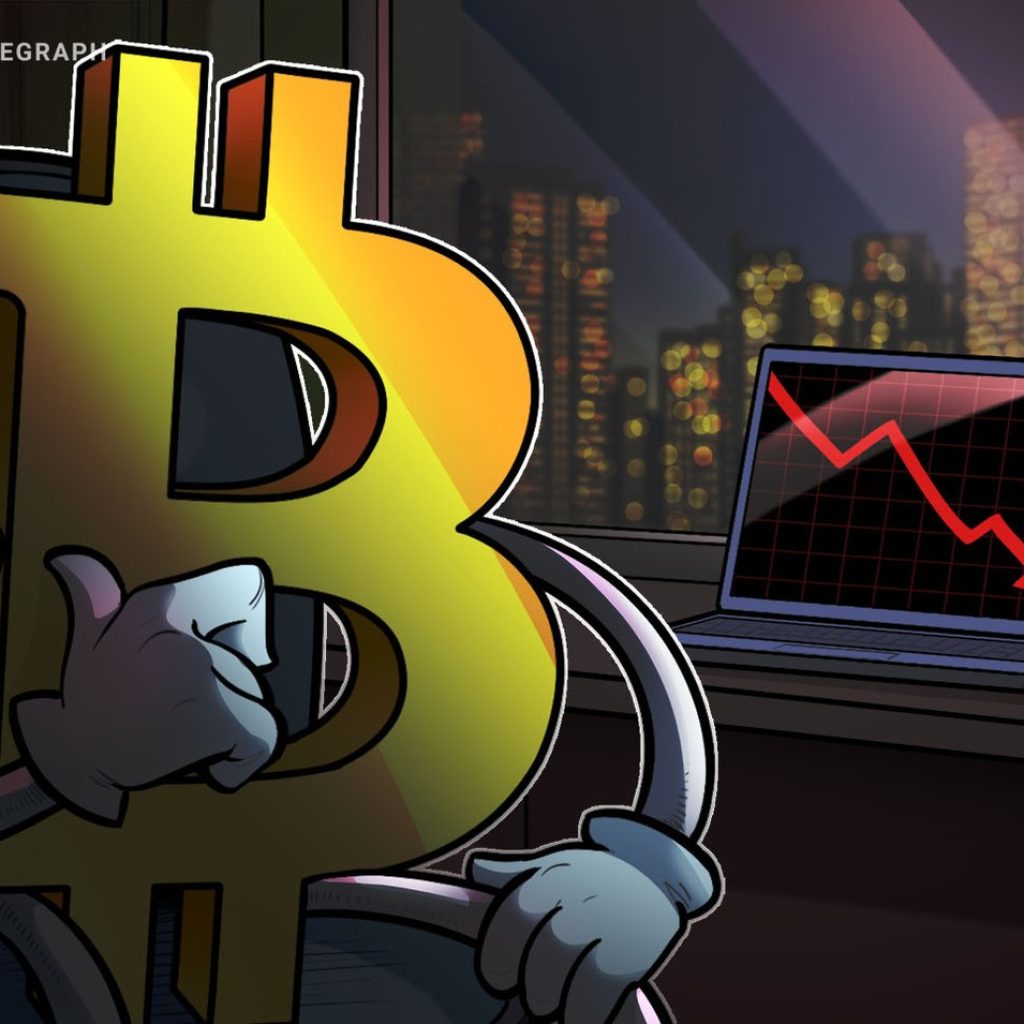The July 2023 edition of the Survey of Consumer Expectations, presented by the Center for Microeconomic Data at the Federal Reserve Bank of New York, has revealed a reduction in inflation expectations across short, medium, and long-term horizons. Anticipated price increases for essential items like food, medical care, and rent within the upcoming year have reached their lowest points since at least the beginning of 2021.
Meanwhile, confidence in the labor market outlook has grown, and households’ assessments of their present economic conditions and future prospects have seen positive enhancements.
Consumers expect household financial situation to improve
The survey revealed that a positive outlook is prevalent concerning household financial situations. In July, there was an enhancement in perceptions about the current financial status of households, with a rise in the number of respondents reporting improved conditions compared to a year ago and a decrease in those reporting worse conditions.
Similarly, the expectations for the coming year also improved, with fewer respondents anticipating a decline in their financial situation and more expecting an improvement. This optimistic sentiment regarding the next year’s financial prospects is the strongest since September 2021.
The median forecast for home price growth experienced a slight decrease from 2.9% in June to 2.8% in July. Despite this dip, the figure remains notably higher than the series’s 12-month trailing average of 2.0%.
Perceptions of credit accessibility compared to the previous year and expectations about credit access in the following year showed minimal changes. There was a slight decrease in current perceptions of credit access, while a slight improvement was observed in the expectations for credit access in the year ahead.
Regarding household finance highlights, the median projected growth in household income exhibited no change, remaining at 3.2% throughout July. This figure continues to fall below the 12-month trailing average of 3.6%. Similarly, median expectations for household spending growth experienced a slight increase, moving from 5.2% in June to 5.4% in July. Nonetheless, this value remains notably beneath its 12-month trailing average, which is 6.1%.
A noteworthy development was observed in the average perceived probability of missing a minimum debt payment within three months. This probability decreased by 0.3 percentage points, settling at 11.7% in July. Based on the current income level, the median projection concerning a year-ahead alteration in taxes sustained its position without any change, remaining at 4.3%. Additionally, the median forecast for year-ahead growth in government debt demonstrated a decline from 10.0% in June to 9.7% in July.
Regarding financial expectations, the mean perceived probability of an increase in the average interest rate for savings accounts over the subsequent 12 months exhibited an ascent of 1.1 percentage points, reaching a value of 30.9%. Similarly, the mean perceived probability of higher U.S. stock prices in the coming 12 months increased by 1.8 percentage points, reaching 37.1%.
Fed survey shows median inflation expectations fall
In terms of median inflation expectations, there has been a decline across all three horizons. At the one-year-ahead horizon, these expectations have shifted from 3.8% to 3.5%, while at both the three-year and five-year-ahead horizons, they have decreased from 3.0% to 2.9%.
The reduction in inflation expectations within the one-year horizon was widespread among different demographic groups, and the recorded value for July represents the lowest point since April 2021. Furthermore, the survey’s measurement of variation among respondents (the difference between the 75th and 25th percentile of inflation expectations) has decreased across all three timeframes.
Concerning median inflation uncertainty, which gauges the uncertainty expressed about future inflation outcomes, there has been a decrease in the one-year-ahead horizon. However, a slight increase was observed at the three- and five-year-ahead horizons. Median expectations for earnings growth over the upcoming year have decreased by 0.2 percentage points, settling at 2.8%. This series has remained within a relatively narrow range of 2.8% to 3.0% since September 2021.
In terms of mean unemployment expectations, reflecting the average likelihood of the U.S. unemployment rate being higher one year from now, there has been a notable decrease of 1.0 percentage points, reaching 36.7%. This value represents the lowest reading since April 2022.






